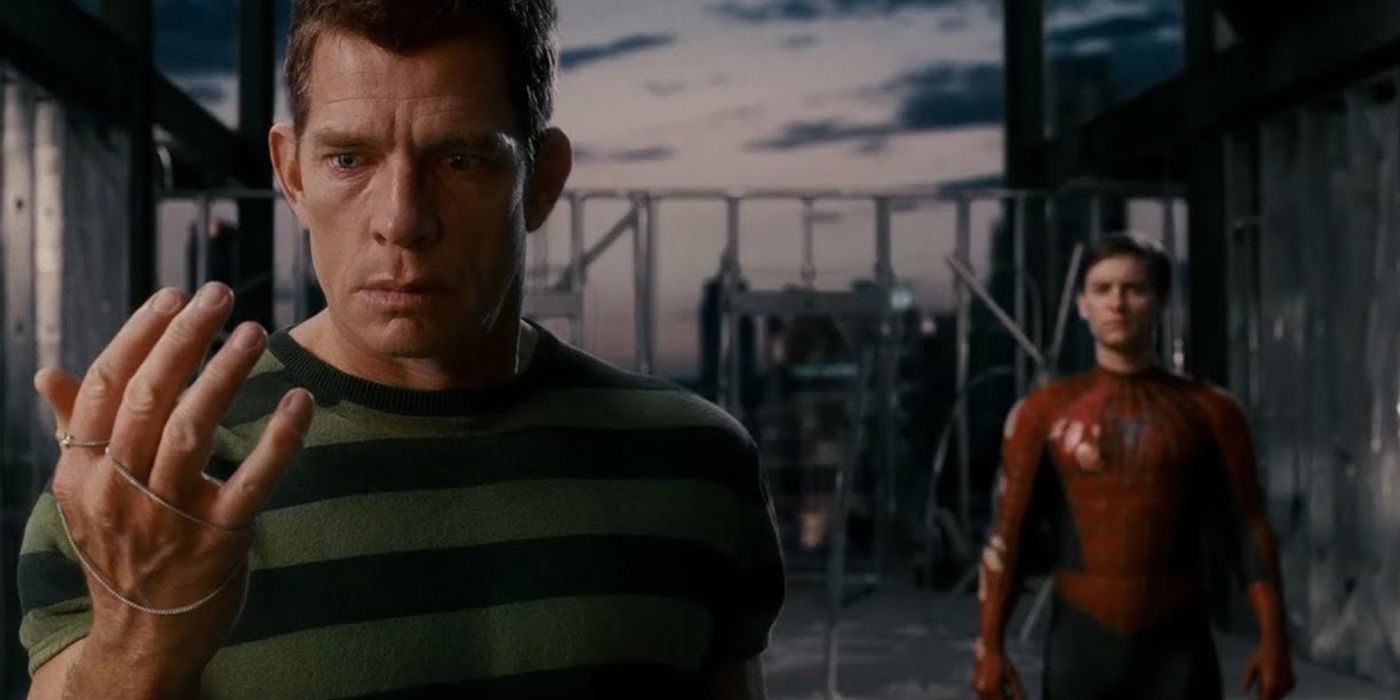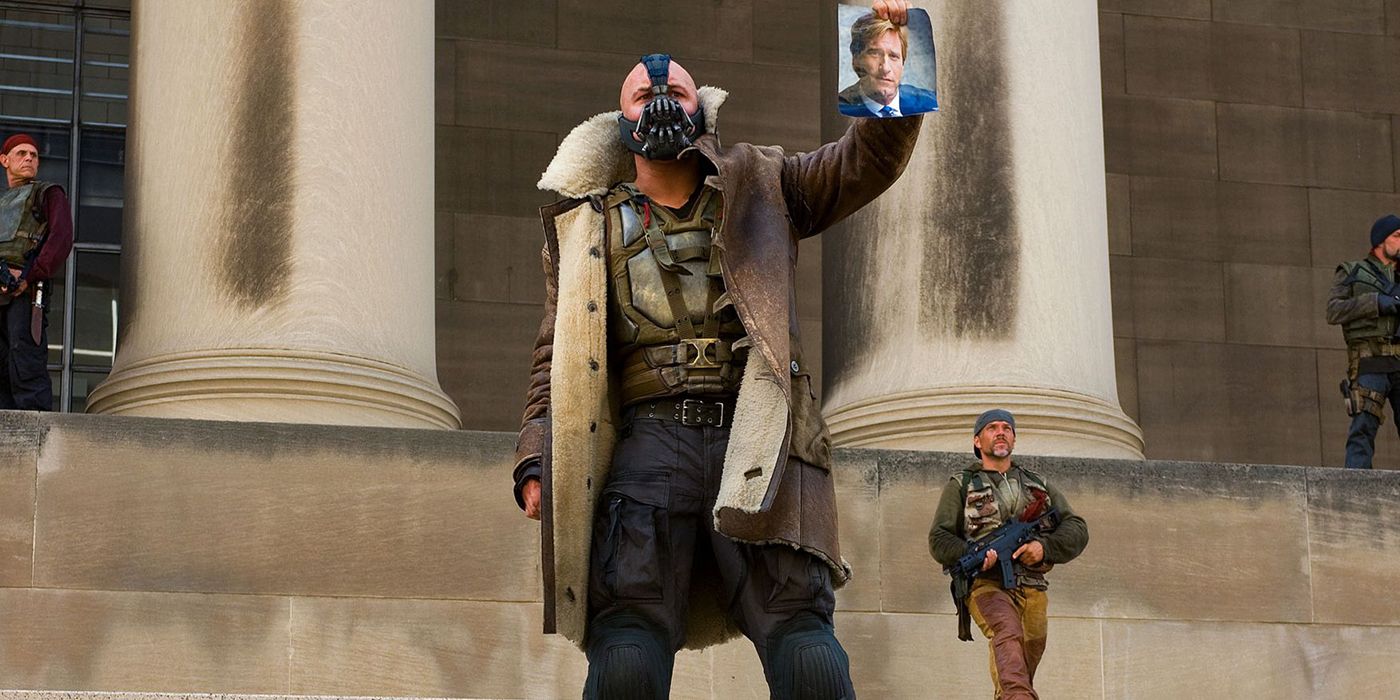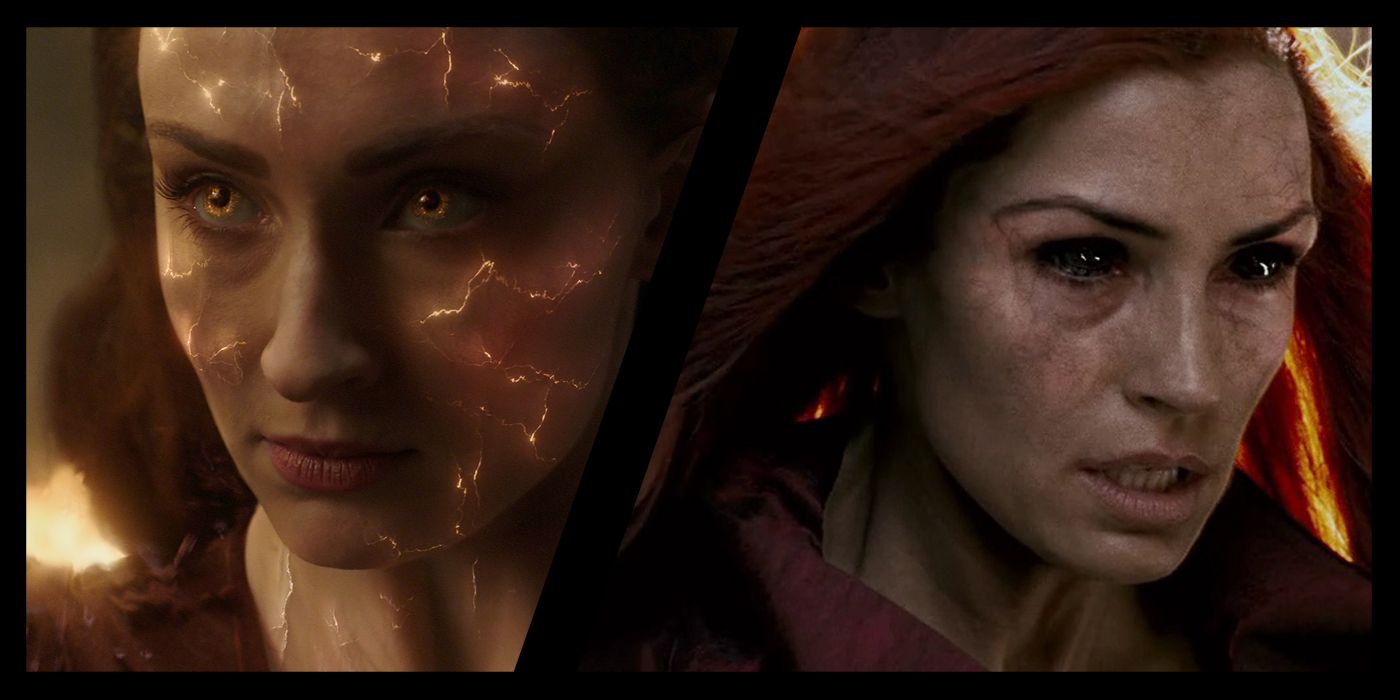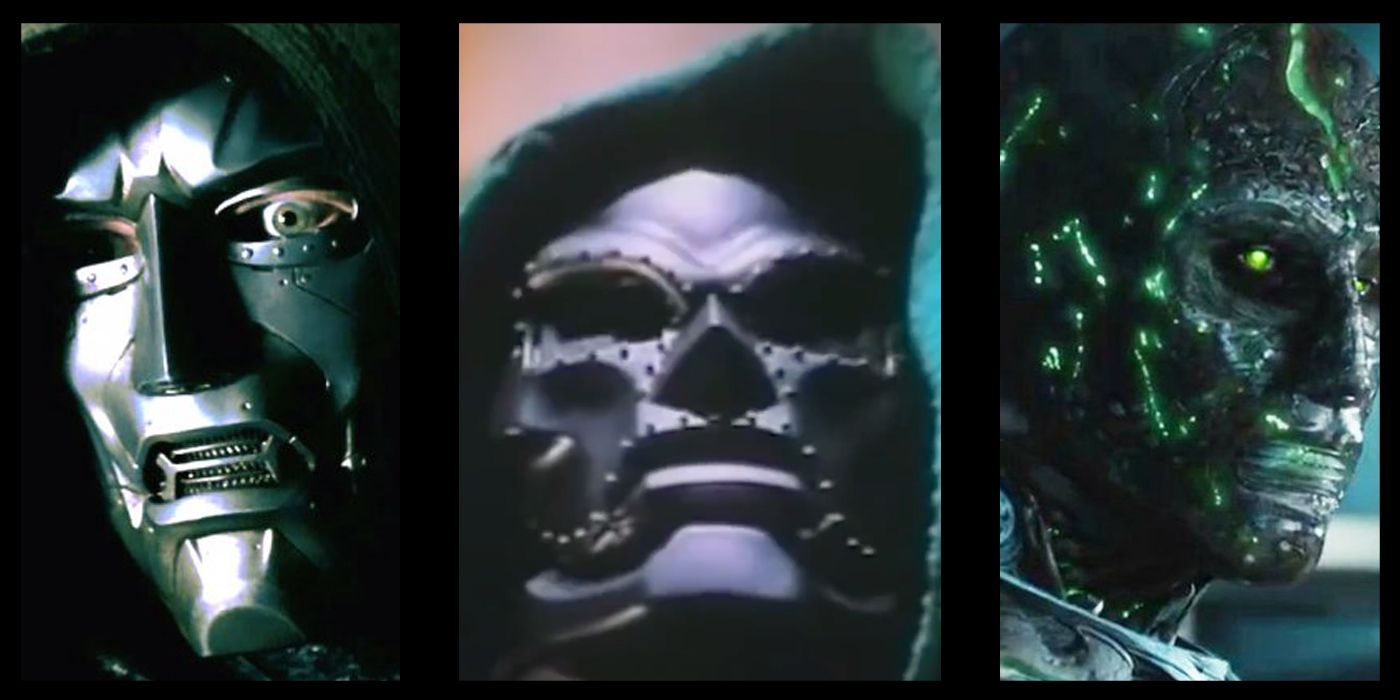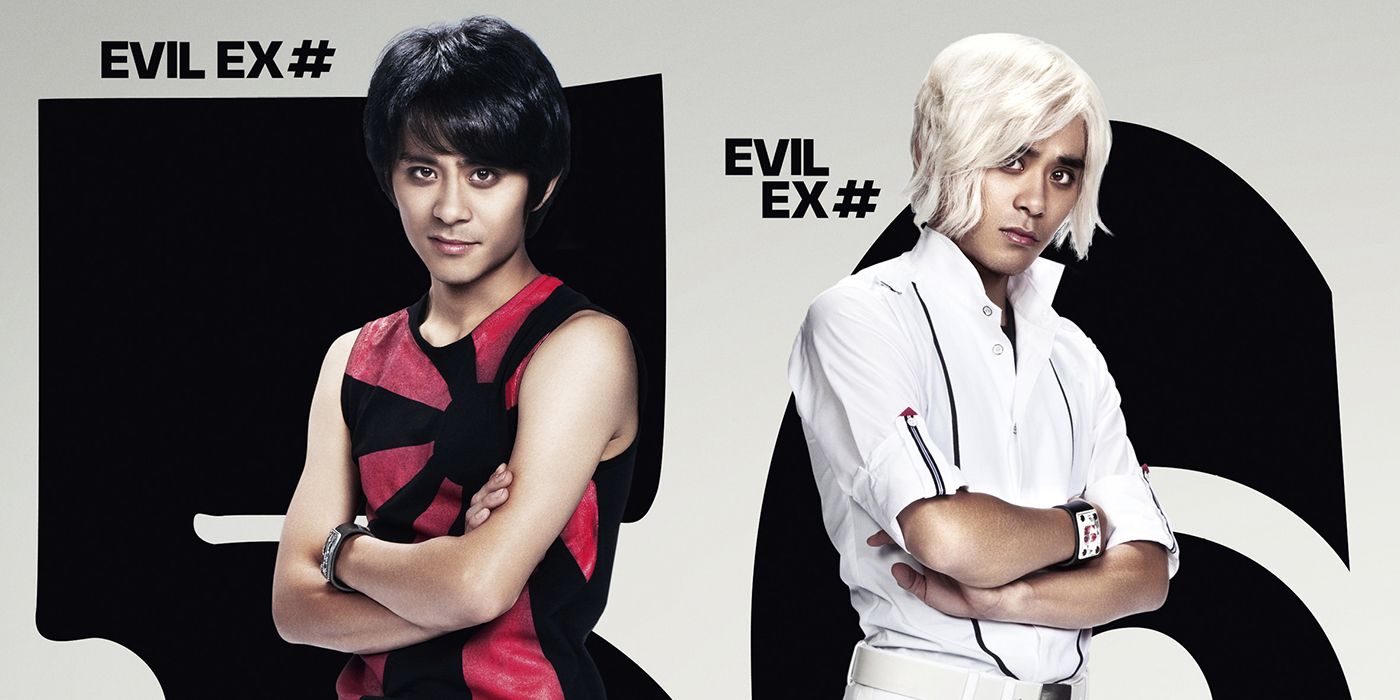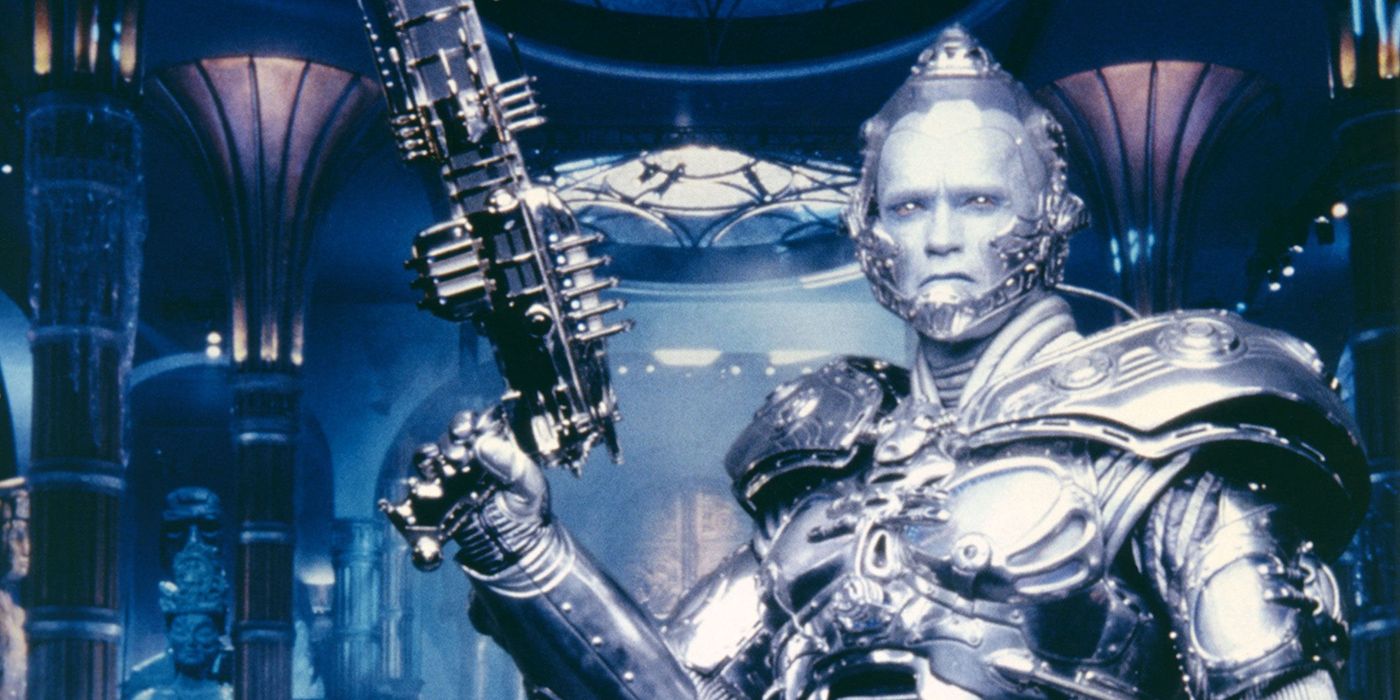The superhero movie institution is taking the year off, giving movie-goers the chance to catch up with the lighting-paced trilogies, sagas, and cinematic universes of years past. Even at this speed, audiences may wonder if there are any supervillain stories left to tell, given how many are being recycled. The Riddler, not seen on screen since 1994’s Batman Forever, is returning in 2022’s The Batman as a Gotham City Zodiac killer, and Jamie Foxx is, shockingly, playing Electro again in the third Spider-Man MCU film after leading the rogues' gallery of the critically-panned Amazing Spider-Man 2 in 2014.
Edward Nigma and Max Dillon are both getting second shots on the big screen, but they’re not the only overpowered outlaws with a cinematic redemption arc in the making. Here are six (technically seven) sinister and classic comic book supervillains who deserve better screen treatment - whether because they were poorly portrayed, pushed aside, or headlining the wrong movie.
Sandman (Spider-Man)
Flint Marko had it all: sweet powers, a solid reputation among fans, and a wealth of character material to adapt. Even better, he was set to be the central villain in the third installment of the extremely popular live-action Spider-Man film series, topped with his signature look and brought to life by award-winning actor Thomas Haden Church. Things were looking up for Mr. Sandman… and then the writers brought back Harry Osborne as New Goblin... and then director Sam Raimi wanted to add another villain... and then Sony Pictures demanded Venom and Gwen Stacey appear in the film. Flint watched helplessly as cook after cook filled Spider-Man 3’s kitchen until his story of redemption and forgiveness was converted from entrée to side dish. It doesn’t help that he was retconned as Uncle Ben’s “true” killer, a controversial character motivation that erased completed arcs instead of moving forward. The resulting Spider-Man 3, though not altogether awful, was nonetheless bloated and unfocused.
Despite the neglect however, Sandman - both his excellently-designed duels with Spidey and his beautifully moving portrayal by Thomas Haden Church - was far and away the best part of the movie. Even his reworked integration into Peter’s origin story, a dumb idea though it may be, was surprisingly well-executed, especially in how it propelled Peter’s spiral into darkness. Sandman played his role in the Raimiverse just as well as Norman Osborne and Otto Octavius before him, and it’s a shame he had to step aside in favor of studio mandates and sequel setups. If Electro can return to Spider-Man cinema, there’s no reason Sandman couldn’t too, and with Doctor Strange joining Spider-Man MCU 3, the inter-dimensional possibilities have become impossible to ignore.
Bane (Batman)
It’s not easy being Bane, cursed to wander a massive multimedia franchise as a one-hit wonder of a supervillain. Now and forever known as the man who made the Knight fall in 1993, Bane the back-breaker has been brought to film twice - once as a glorified lackey to Poison Ivy in 1997’s Batman and Robin, the other as the central antagonist (and ‘roided out soapbox preacher) of 2012’s The Dark Knight Rises. Bane was a common point of criticism in Christopher Nolan’s otherwise-solid Batman finale - his convoluted role in the sprawling plot was not helped by his turn from a genuinely fascinating Robin Hood figure into a generic terrorist. But, ultimately, none of that matters, because in 2020, the only thing anyone seems to remember about Tom Hardy’s Bane is the actor’s “ambitious”(?) vocal performance. All it takes is covering your mouth and sputtering out platitudes about “The People” like a Gold Rush prospector on a ventilator and everyone will immediately clock the impression - what a way to wash out a character.
The Dark Knight Rises may live on as the definitive adaptation of the “Knightfall” story, but that shouldn’t ball-and-chain its signature villain to such an openly-mocked portrayal. To the Nolan brothers’ credit, reframing Bane as a societal instigator exposing Gotham’s systemic corruption allowed the character to break out of his spine-shattering legacy and hold a personality of his own, proving there can be more to this megalomaniacal meathead than his wrestling moves. If Bane should ever return to theaters, outfitting him with an ideology unique in Gotham’s lineup has not only been proven possible, it's crucial - maybe then, “The People” will finally start taking this guy seriously.
Dark Phoenix (X-Men)
We need to talk about Jean, the most powerful problem-child to wander the halls of Professor Xavier’s School for Gifted Youngsters. Chris Claremont and John Byrne's “Dark Phoenix Saga” is a landmark X-Men adventure, in which the team is introduced to the darker shades of Ms. Grey after a botched space expedition supercharges her into a being of pure energy - and evil. It’s a story as important to the X-Men’s legacy as Gwen Stacey’s death is to Spider-Man’s, and its significance has been demonstrated through two separate cinematic adaptations. Unfortunately, both 2006's X-Men: The Last Stand and 2019's X-Men: Dark Phoenix are widely regarded among the worst superhero tentpoles of their times. It’s the only time in comic book history in which a particular story has been badly-translated to celluloid twice over. Clearly, the problem isn’t specific to one film - it’s something greater.
The most obvious hurdle is time - it’s not called the “Dark Phoenix Saga” for no reason after all, and compacting such a sprawling story into a singular film is the first error Fox made twice. Credit must be given for introducing Jean to the cast in previous films, but the end result is still such a jarring shift for the character. Instead of writing Dark Phoenix as the episodic villain of a single film, Jean’s tragic fall to darkness should be its own duology or trilogy, allowing one of the most beloved heel-turns in comic book history to play out gracefully and thoroughly. Of all the adversaries the X-Men have faced in the decades since orientation day (including director Bryan Singer), Jean Grey deserves to rise from the ashes of defeat the most, and become the fearsome Phoenix fans so desperately want to see.
Doctor Doom (Fantastic Four)
Of all the baddies in all the superhero flicks in all the world, why does the one arguably done dirtiest also happen to be one of the most beloved and celebrated supervillains in the Marvel multiverse? Despite his legendary legacy on paper, Doctor Doom’s cinematic track-record, tragically, lives up to his name: he’s battled the Fantastic Four across (wait for it) four different movies, and all of them rank among the weakest the superhero movie scene has to offer - in fact, the first attempt was so bad it never even made it to theaters! This losing streak is unique in the genre and it’s unbefitting of the character: Doom’s intellect and might are compelling, his unbridled hubris is entertaining, and his mastery of both science and magic lays waste to even the finest heroes in the Marvel lineup. In both cases, Doctor Doom is, truly, without equal… in completely opposite directions. For crying out loud, the guy has received better treatment in Fortnite this year than he has throughout the history of superhero cinema!
But there lies hope for the bad doctor in 2020. Disney acquired 20th Century Fox last year, meaning its subsidiary Marvel Studios can now legally introduce the tinman tyrant (and his found-family adversaries) to its cinematic universe (Fox having owned the movie rights to the characters for decades). However, as enticing as it may initially sound, a single slot in a Fantastic Four vehicle just wouldn’t do Victor V, M.D. justice. With Thanos out of the picture and a new “Age” of cross-franchise storytelling on the way, the MCU might be closer to Doom’s gate than it appears. After all, if any man can shoulder a Titan’s burden, it’s Doctor Doom.
The Katayanagi Twins (Scott Pilgrim)
Has there ever been a comic book movie with as packed of a schedule as 2010’s cult classic Scott Pilgrim vs. The World? Not only is there an entire series of graphic novels to adapt into a single two-hour movie, there's also 7 climactic confrontations with a (unionized) cacophony of angsty exes! If ever a movie had to grapple with the mythical “too many villains” problem, it’s the titular twentysomething’s pilgrimage to emotional maturity, and the problem rears its two ugly heads in the film’s third act. As much as the Scott Pilgrim film does right, it infinite-backwards jumps through the second half of the books like Mario up an endless staircase, and the penultimate evil exes, Kyle and Ken Katayanagi, are left behind in the speedrun (though not without instigating a visually spectacular battle of the bands).
To those only familiar with the film, the twins appear to be a fun and brief excuse for Scott to lash out in style after his temporary breakup with love-interest Ramona Flowers. However, Kyle and Ken were originally much more appropriate preludes to the coming showdown with Gideon Graves: tough and towering bullies, who built awesome combat-robots and kidnapped Kim Pine just to torment Scott (trapping her in, of all things, a giant birdcage). Though in the books they are a little sidelined in favor of the interpersonal drama within the central cast, they certainly aren’t glorified pit stops to the G-Man like in the movie. A new Scott Pilgrim adaptation (whether a film, TV show, or even an anime) would do well to flesh out these two and showcase their power in a way that outdoes both the books and movie that came before.
Mr. Freeze (Batman)
When adapting Batman’s blue-blooded ice king, there are two main routes on the road map - either Dr. Victor Fries is trapped within a Greek tragedy, doing what he must to cure his comatose beloved Nora, even if it means breaking the law… or he’s an ice-powered nerd in a suit who’s literally called “Mr. Freeze” and whose premise is so laughably simple he’s better suited to high-camp than low-grit. In the many decades of Batman movies, the one time Mr. Freeze took center stage in live-action was (guess who’s back?) 1997’s Batman and Robin. Director Joel Schumaker opted to bring the character to the big screen as he was originally conceived in 1959: a joke. Armed with ice puns and portrayed by stuntcasted superstar Arnold Schwarzeneggar, the top-billed villain smoked Cuban cigars and conducted henchmen choirs in a shockingly accurate portrayal that harkened back to the 1960’s Batman television show. Most people hated it, and Mr. Freeze hasn’t been seen in any of the live-action Batman films since.
It’s a shame Victor is forever associated with the superhero movie that killed superhero movies in the ‘90s, since he’s proven to be a deeply versatile character. Of the many comic book villains who “grew up” as the 20th century concluded, Mr. Freeze is arguably one of the most well-translated, fastened with a tragic and empathetic motivation few Arkham Asylum patients can match. This reputation has thankfully been reflected in many modern Batman video games, most recently Gotham Knights, but it should expand past that. His premise and look might be as Silver Age silly as they come, but with the right amount of retooling - and the acknowledgement that some parts of this character are inescapably comical - the lovesick doctor has the potential to be Batman’s most empathetic adversary on the big-screen. The time has come for the iceman to cometh back to the movies.
Spider-Man 3 is currently scheduled to release on December 17, 2021.


